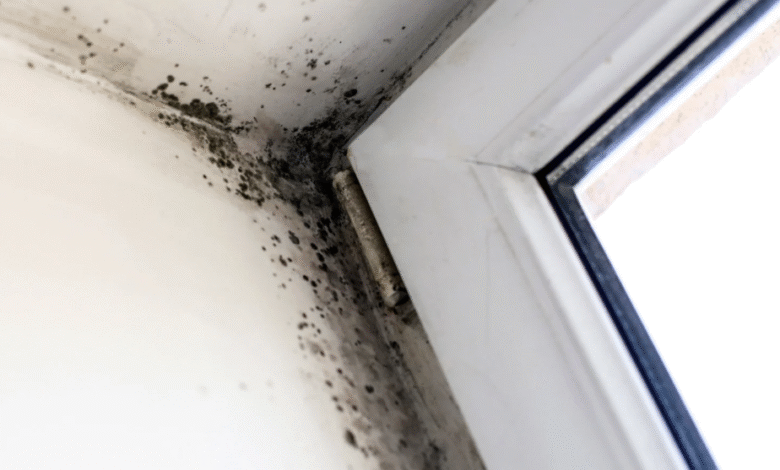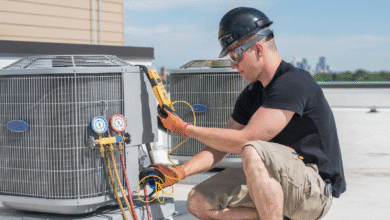How to Identify Mold in HVAC Systems and Remove It Safely

HVAC systems are essential for maintaining indoor comfort, but they can also be hidden sources of mold growth. When moisture builds up in ductwork or condenser units, mold spores have the perfect environment to thrive, and spread throughout the entire home. For homeowners, services for mold removal in Conyers, GA, offer the professional attention needed to eliminate this risk at the source. Early intervention helps restore air quality, improve system efficiency, and prevent serious health complications.
Signs of Mold in HVAC Systems
There are several red flags that suggest mold may be present in an HVAC system. A persistent musty odor when the air conditioner or furnace runs is one of the most obvious signs. Homeowners might also notice dark spots around vents or an increase in allergy symptoms, including sneezing, coughing, or sinus congestion. These symptoms often worsen in homes where mold spores are being circulated through ducts and vents.
See also: Making a House Feel Like Home—Simple Home Improvements That Make a Big Impact
What Causes Mold Growth in HVAC Units
The conditions inside HVAC systems can easily support mold. Ductwork often contains dust, condensation, and stale air, an ideal combination for spore development. Air handlers and drain pans that retain moisture further accelerate the problem. In many cases, recurring mold issues stem from underlying conditions in the home itself. For instance, understanding common causes of mold growth inside the home, such as poor ventilation and persistent humidity, is key to preventing it from reaching HVAC systems in the first place.
Health Impacts of HVAC-Related Mold
Mold exposure is especially dangerous when it originates from a system that distributes air to every room. Spores spread invisibly and can remain suspended in the air for long periods. For individuals with respiratory conditions, this exposure may lead to worsening asthma, recurring infections, or general discomfort. In fact, reducing mold levels has been linked to lower asthma risk over time. Professionals frequently emphasize that targeted mold removal contributes to reducing risk of adult asthama, particularly in adults with existing sensitivities.
Safe Removal Requires a Professional Approach
HVAC mold remediation is not a job for standard household cleaners or DIY methods. Specialists use negative pressure techniques and sealed containment zones to ensure spores don’t migrate into clean areas during removal. High-efficiency vacuums and antimicrobial treatments are applied to key areas like coils, fans, and ducts. If contamination is extensive, replacement of affected materials may be required. The entire process is structured to eliminate both the visible mold and the underlying conditions that allowed it to grow.
Preventing Future Mold Contamination
Once remediation is complete, preventive maintenance becomes essential. Professionals typically advise upgrading filtration systems, scheduling regular HVAC inspections, and maintaining appropriate indoor humidity levels. Sealing leaky ducts and ensuring that condensation drains properly are also key strategies. These small steps go a long way toward keeping HVAC systems clean and mold-free for the long term.
Conclusion
Mold in HVAC systems is a hidden threat with serious consequences for both indoor air quality and health. Catching it early, understanding the conditions that contribute to its growth, and acting quickly with professional remediation are essential. With expert mold removal, homeowners can regain control of their environment, breathing cleaner air, improving their system’s performance, and protecting their family from long-term health risks.





